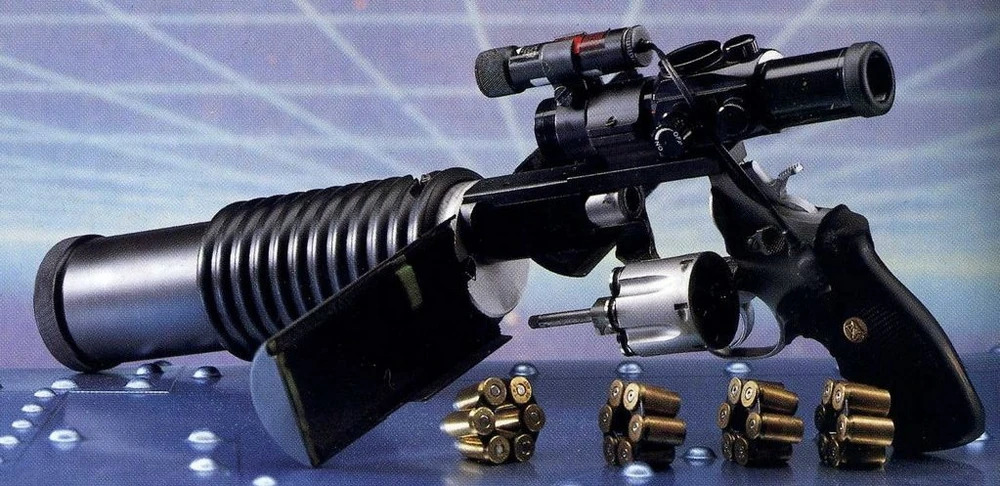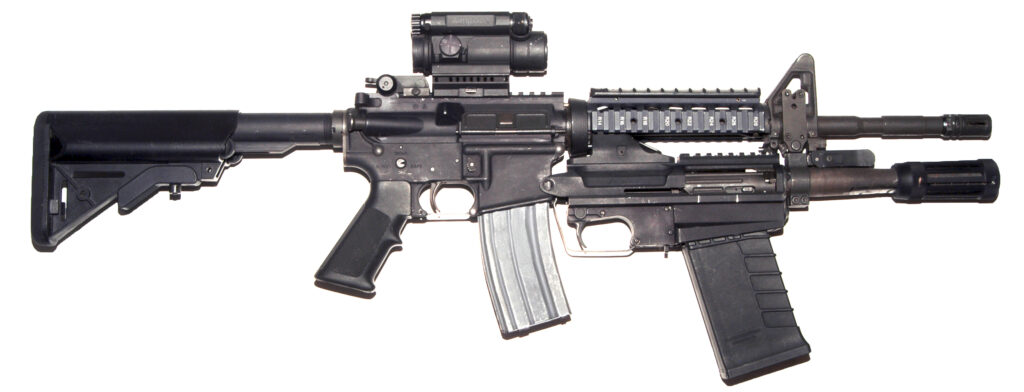One of the cool things about the original Star Wars movies was the use of World War I and World War II firearms. The production dressed the guns up, and they created a unique style that entered the realm of iconic. When I first saw the PSDR, that’s the vibe I got. In fact, if it was a part of bar trivia, I’d have called it a Star Wars gun. In reality, the PSDR is a special-purpose revolver design that offers one of the most complicated suppressed weapons I have ever seen.
The PSDR – One Heckin Suppressed Revolver
PSDR stands for Peters Schalldämpfer-Revolver, which translates to Peters Suppressed Revolver. This German design makes use of an American cartridge and revolver to form a gun worthy of Boba Fett. German firearms company Peters Stahl created the PSDR. Peters Stahl might not be well known to American audiences, but believe it or not they were a prolific European M1911 company.
Gun laws across Europe are notoriously strict and Peters Stahl produced a M1911 that could be easily converted to various calibers. You can purchase one gun and only deal with European regulations once but easily convert the gun to multiple calibers. Peters Stahl entered the special weapons realm at the request of the Northrhine-Westphalia division of the German Spezialeinsatzkommando.
Advertisement — Continue Reading Below

Spezialeinsatzkommando, or SEK, is similar to an American SWAT team. This is a state police force dedicated to special operations. At their behest, the company took an S&W Model 625 and began what must have been a laborious process to convert it into a suppressed platform. The S&W 625 is a large-frame revolver that chambers the .45 ACP cartridge. It’s notable that the most common .45 ACP ammo is a 230-grain cartridge. These are naturally subsonic and excellent suppressed firearm food.
Making the PSDR
Suppressing revolvers is possible but requires some specialized design. The problem with just slapping a can on a revolver and calling it a day is the gap between the chamber and the barrel. This allows muzzle blast and noise to spill outward and makes suppressing the vast majority of revolvers impossible. Some revolvers have used a gas seal design that eliminates the escape of gas and blast. Notably, the Nagant revolver can be suppressed easily.
Advertisement — Continue Reading Below
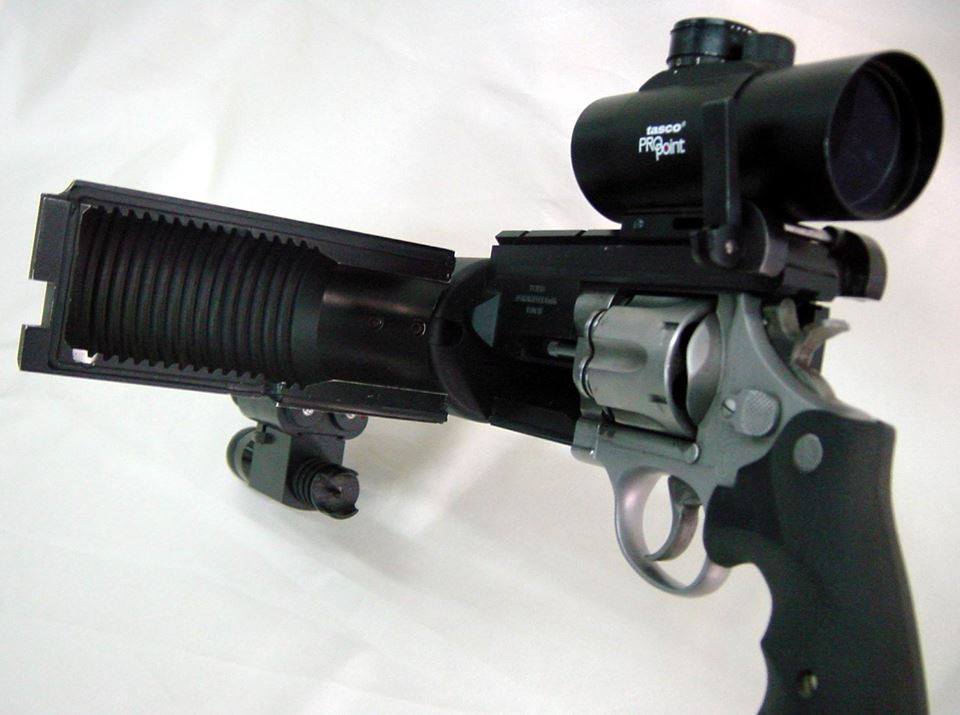
Building a revolver from the ground up isn’t easy, but I doubt adapting one is either. The PSDR went with the simplest of options and built a suppressor and barrel design that covered everything from the barrel down to the grip. The suppressor is built over the new barrel, and a blast shield encompasses the entire cylinder. The cylinder is also fitted with obturating rings.
The blast cylinder had a hinged portion that opened, allowing the cylinder to open and the user to load, reload, or unload the gun.
Advertisement — Continue Reading Below
Since the big chonky suppressor blocked the sights the company used red dots, and even laser aiming devices. There was also at least one with a mounted variable optic for those apparent long-range .45 ACP shots.
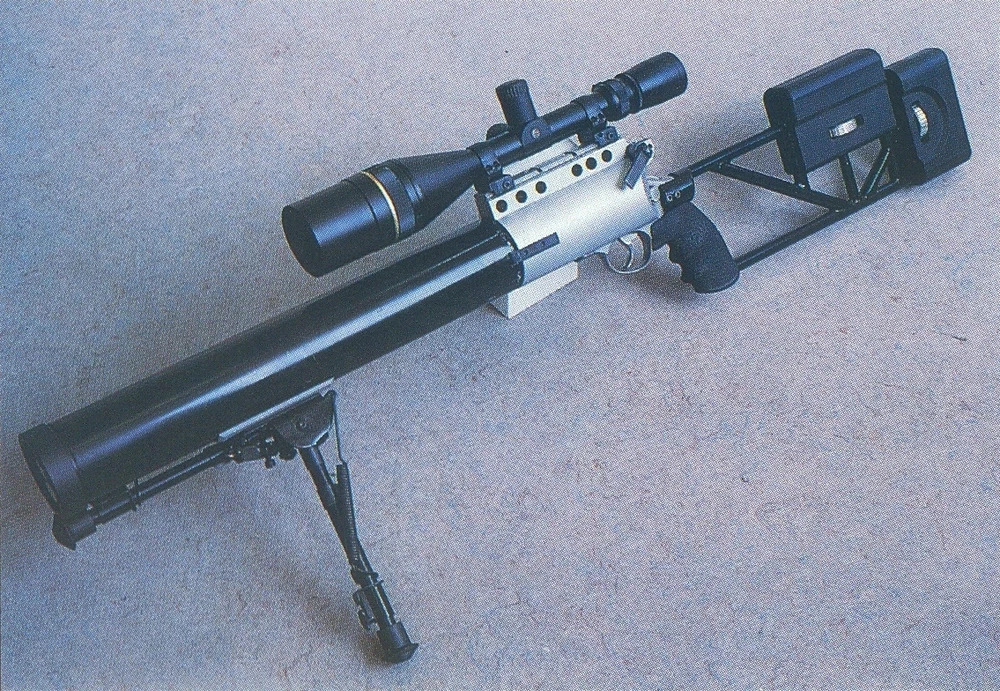
Peters Stahl built both a short and long PSDR. The short version features a shorter suppressor and acts like a normal handgun. Carbine versions provide a stock for better aiming. There are at least two carbine variants. One uses a simple wire stock, and the other a much more supportive, more traditional rifle stock.
Advertisement — Continue Reading Below
How quiet could it be? Impressively so. Reportedly, the volume of a shot fired was around 90 decibels. That’s about the same volume as a PCP air gun. Needless to say, it’s quite quiet.
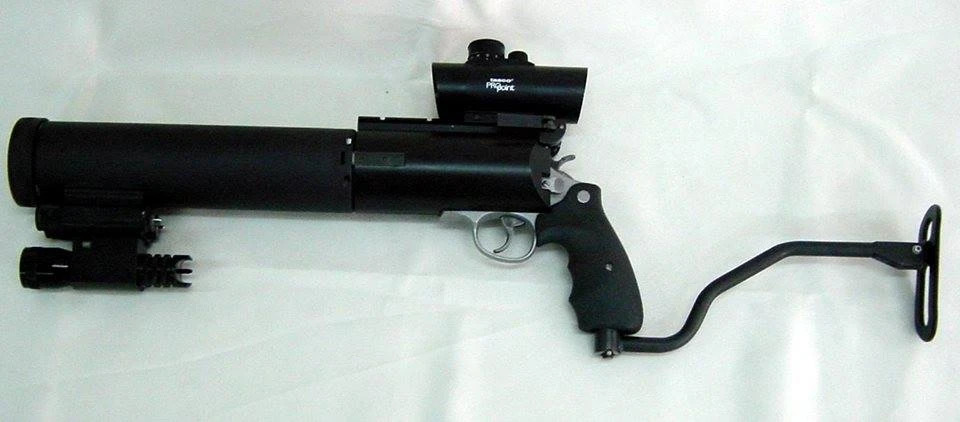
But Why?
Why they went with such a complicated method is beyond me. They could have slapped a normal suppressor on an M1911 or HK MP5 and had something similar. The only real difference I can think of would be just how quiet the gun could be without an action slamming back and forth.
Advertisement — Continue Reading Below
Using a revolver allowed repeatability as well. Even if that was your need, I could see something like a suppressed custom short lever action rifle as more useful, but maybe that wasn’t available for the SEK.
You could argue it doesn’t leave casings behind, but I doubt the SEK cared about that. They aren’t doing black ops in German territory on high-risk warrants. I don’t really know why it was designed and built or if it was ever even fielded by the SEK. Still, I respect the ingenuity of the design.
